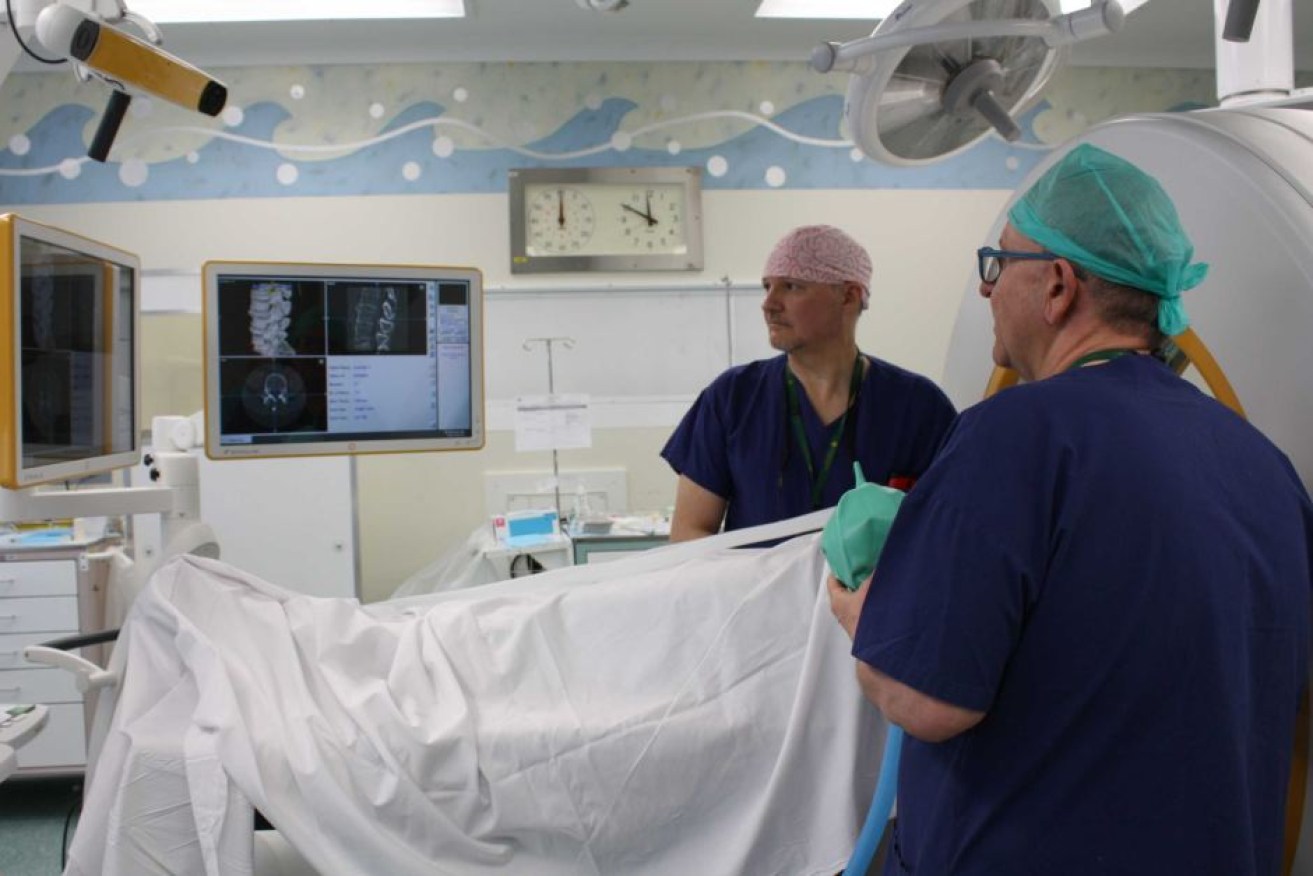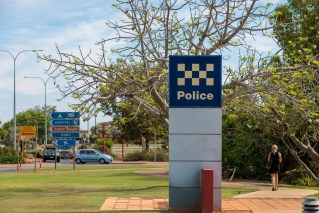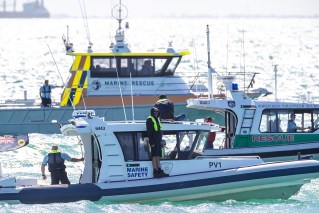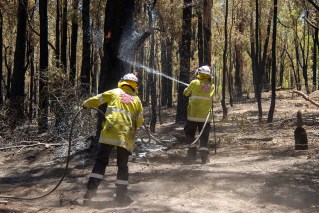Portable 3D CT scanner a hospital ‘game changer’

In what has been described as a game changer for surgeons, Perth has become the first place in Australasia to use a portable 3D CT scanner during complex surgery.
The new real-time imaging replaces the need for X-ray machines, drastically reducing radiation exposure.
ABC News was this week given rare access to witness one of the first spinal surgeries using the intraoperative technology, at St John of God Hospital in Subiaco.
• ‘Smoking will kill one billion people this century’
• There are ways to treat horrendous hay fever
• New hangover cure could ‘encourage binge drinking’
Neurosurgeon Andrew Miles said the machine would revolutionise complex surgery, because it was mobile, precise and provided a guided GPS navigation of the body.
“For surgeons, I think it is game changer. It makes it safer for us, easier for us and safer for the patient,” he said.
The machine was designed to help most when the stakes were high, such as procedures where metal was fused onto the spine, or during brain surgery.
“The positioning of those implants is critical, we’ve got little margin for error,” Dr Miles said.
“Sometimes the pieces of bone that we are putting the screws in are only four or five millimetres in diameter and we’ve got the spinal cord on one side and various things we have to avoid.”
Comprehensive image of bones
Dr Miles performed one of first spinal fusion procedures using the scanner, with 67-year-old grandmother Pamela Gaal having implants fused into her lower back.
Previously during this type of operation surgeons had to rely on two-dimensional X-rays for the positioning of the screws.
But with the 3D CT scanner giving a comprehensive image of the bones, the surgeon starts out with accurate 3D information.

Grandmother Pamela Gaal reported improvements in back pain less than 24 hours after undergoing surgery. Photo: ABC
“In the past we’ve had to use simple X-rays, that require multiple X-rays from multiple angles so there is a huge radiation dose to the patient and the surgeon has to interpret these two dimension pictures to get a picture in his mind about where the screw has to go,” Dr Miles said.
“With this technology we’ve got 3D representation that enables us to look exactly where the screw is going with much less risk.”
Less than 24 hours after the procedure Ms Gaal reported her chronic back pain had already subsided.
“[Before the operation] they asked my pain scale from 1 to 10, and I said 20, I couldn’t even stand up,” she said.
“Now I feel wonderful, I can move and can roll sideways with hardly any pain which I couldn’t do before.”
While there was some radiation from the scanner, it was considerably lower and less frequent than X-rays and conventional CT scanners.
“It will certainly make it safer not only for the patient but also for the staff, who ordinarily get exposed to significant amounts of radiation potentially,” Dr Miles said.
Ms Gaal said after dealing with back pain for decades, not having to undergo X-rays during surgery was an ideal outcome.
“I think it’s marvellous, anything to cut down on the radiation that patient’s are getting, it’s wonderful,” she said.
“I would have had about 100 X-rays all together. It’s a real boost for patients.”
Dr Miles said for surgeons it took a lot of the stress out of positioning implants near critical structures because the surgical instruments were linked to the scanner.
“It means that if we do discover we have malpositioned a screw and we want to change the position we can do it at the time, rather than finding out after the surgery and having to bring them back for a second operation,” he said.
At a cost of $1.5 million, the scanning technology is not cheap, however three hospitals in Perth have invested in the machine.
Dr Miles has no financial relationship with the technology.
-ABC








